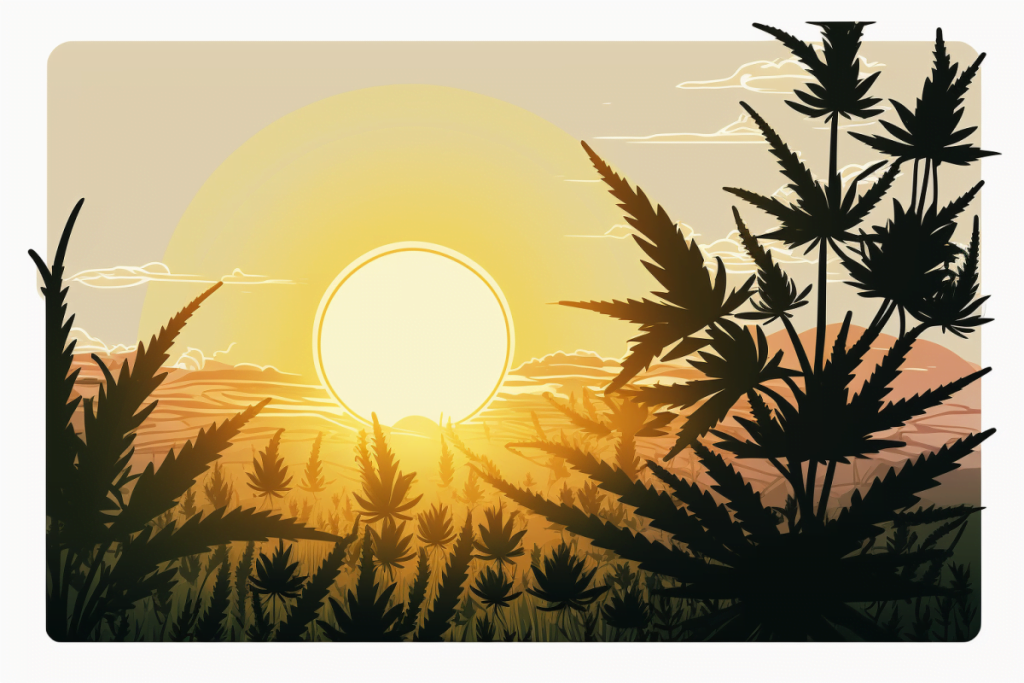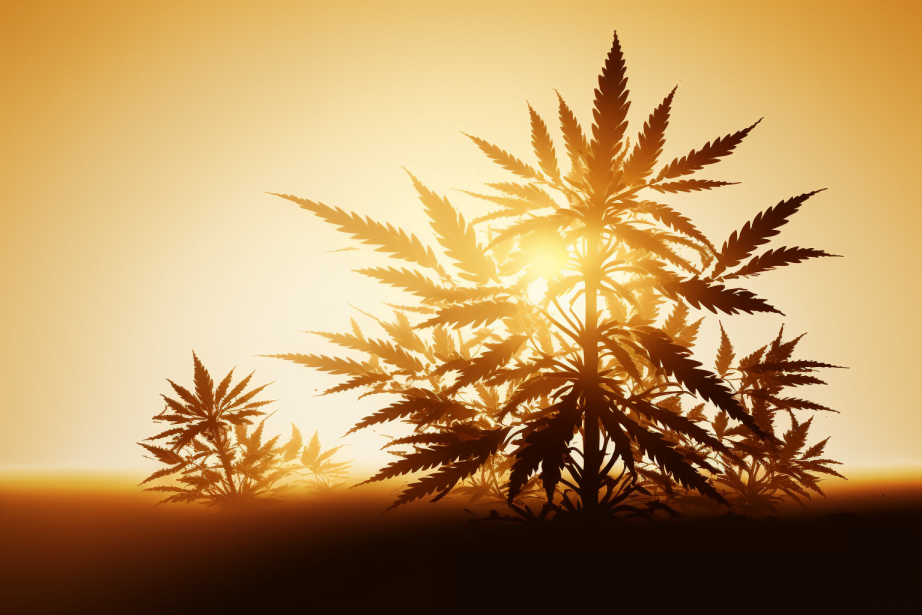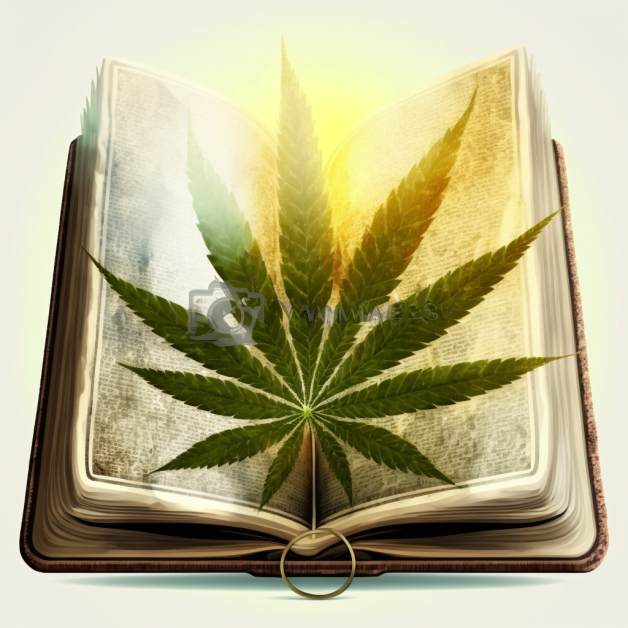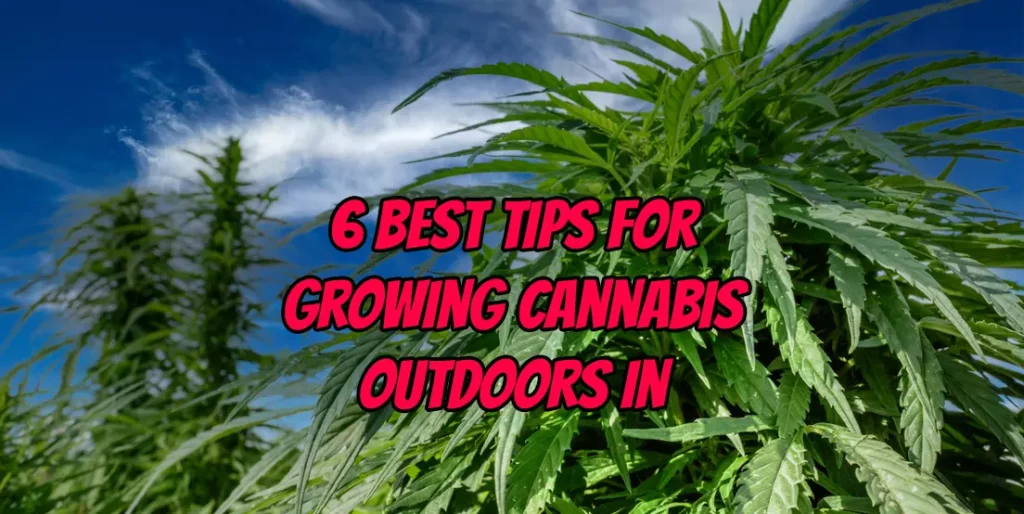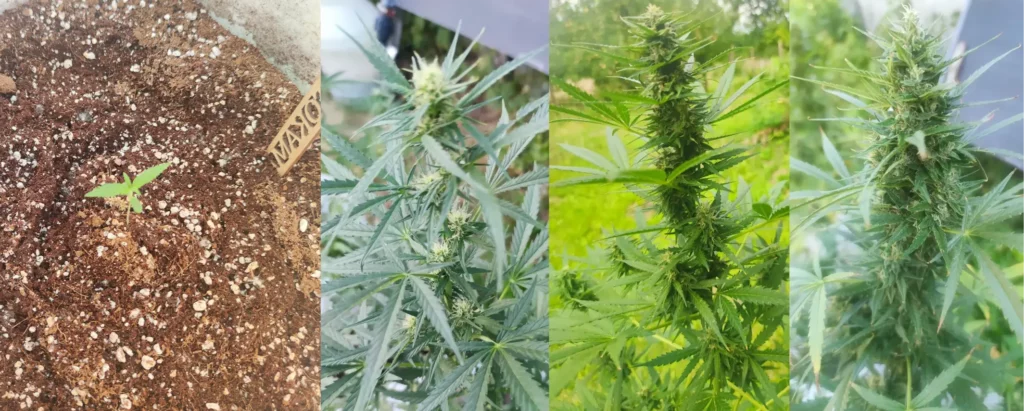English
Cannabis plant is an annual plant that flowers from late summer to autumn. The natural growing season begins when growers plant cannabis seeds in the spring; these seedlings quickly develop branches and leaves over the following months, becoming larger and bushier until the longer nights after the summer solstice trigger the switching phase.. In autumn, when the flowers are ripe, they are cut, dried and pruned.
Phase switching of cannabis depending on location
In the northern hemisphere, the seeds are planted from March to May, and the flowers are harvested from September to November. The seasons are reversed in the southern hemisphere, so that planting takes place from September to November and harvesting from March to May. In the tropics, near the equator, it is possible to harvest cannabis outdoors all year round.
A cannabis plant goes from vegetative to flowering when the days get shorter and the nights get longer. The exact timing varies depending on the latitude. A cannabis variety that begins to flower in early July when grown in California or Colorado will not flower until August in Canada or the Netherlands. In Hawaii, the same variety may be able to flower at any time.
Temperature, altitude, rainfall and other environmental conditions also influence cannabis plant maturation and determine the ideal growing season in a given location. Mild weather encourages plants to finish earlier, while excessive heat or cold can delay flowering and maturation.
Do different varieties of cannabis have different growing seasons?
Varietal genetics have a significant impact on the growing season. Cannabis varieties adapt to their native habitat and breeders create varieties that are best suited to the local climate. As a general rule, indicas have a shorter lifespan and faster flowering than their sativa cousins, while equatorial sativas have the longest flowering time and may not survive long enough to mature when grown too far north or south. A variety developed in a cool coastal region is likely to finish early when grown in a warm inland region. While traditional varieties tend to be more demanding, modern genetics have been designed to provide higher yields in a shorter period of time.
How do cultivation techniques influence the phase switching term?
Growing techniques, strategies and preferences also influence the growing season, and grower make calculated decisions based on their experiences and goals. Many believe that it is best to plant when the moon is waxing and harvest when it is waning. Guerrilla growers sometimes plant later in the season, a strategic decision that results in smaller plants that are easier to hide from law enforcement.
As the cannabis flowers mature in the autumn, growers must choose the most appropriate time to harvest them. Early harvested flowers induce a lighter, more cerebral euphoric state, while late harvested flowers have a more narcotic body effect. A later harvest also leads to increased risks of mould, pests and damage from frost or storms.
The impact of harvesting, drying and maturation decisions on the seasonal availability of cannabis
Once plants have been harvested, they must be dried to reduce water content and remove chlorophyll. Plants should be hung in a climate-controlled room for 10 days to two weeks, although some claim that as few as five or six days can be sufficient and others insist that two weeks is the minimum. Flowers that are dried too rapidly will have a harsh or bitter flavor, and flowers that are too moist will not burn.
Quality marijuana should be cured after drying, but commercial growers rarely take the time to do so. In a perfect world, there would be about six to eight weeks between cutting the flowers, hanging to dry, trimming, and then stabilization. Drying and curing inevitably shape flavor and effect, for better or worse. Preserving and developing the cannabinoid and terpene profile is a delicate process. Temperature and humidity should be controlled and adjusted according to flowers’ density and terpene content. Flowers that are dried and cured correctly offer a smoother, more nuanced smoking experience.
When to look for the best cannabis in season
Meticulous handling, hand-cutting and proper storage differentiate marijuana. Growers operations may not have the resources to prune an entire crop at once, preferring to prune continuously for several months. Of course, modern cannabis growers are not limited by seasons. By growing in greenhouses and periodically blacking out the light to simulate longer nights, farmers are able to use solar energy to power three or more harvests a year. These greenhouse-grown flowers – commonly known as ‘light dep’ – are of particularly excellent quality when left to ripen in the summer sunshine in late June and July.
Related articles :
Published by Sakul
10/03/2023choose and buy cannabis seeds from our offer
our pleasure

